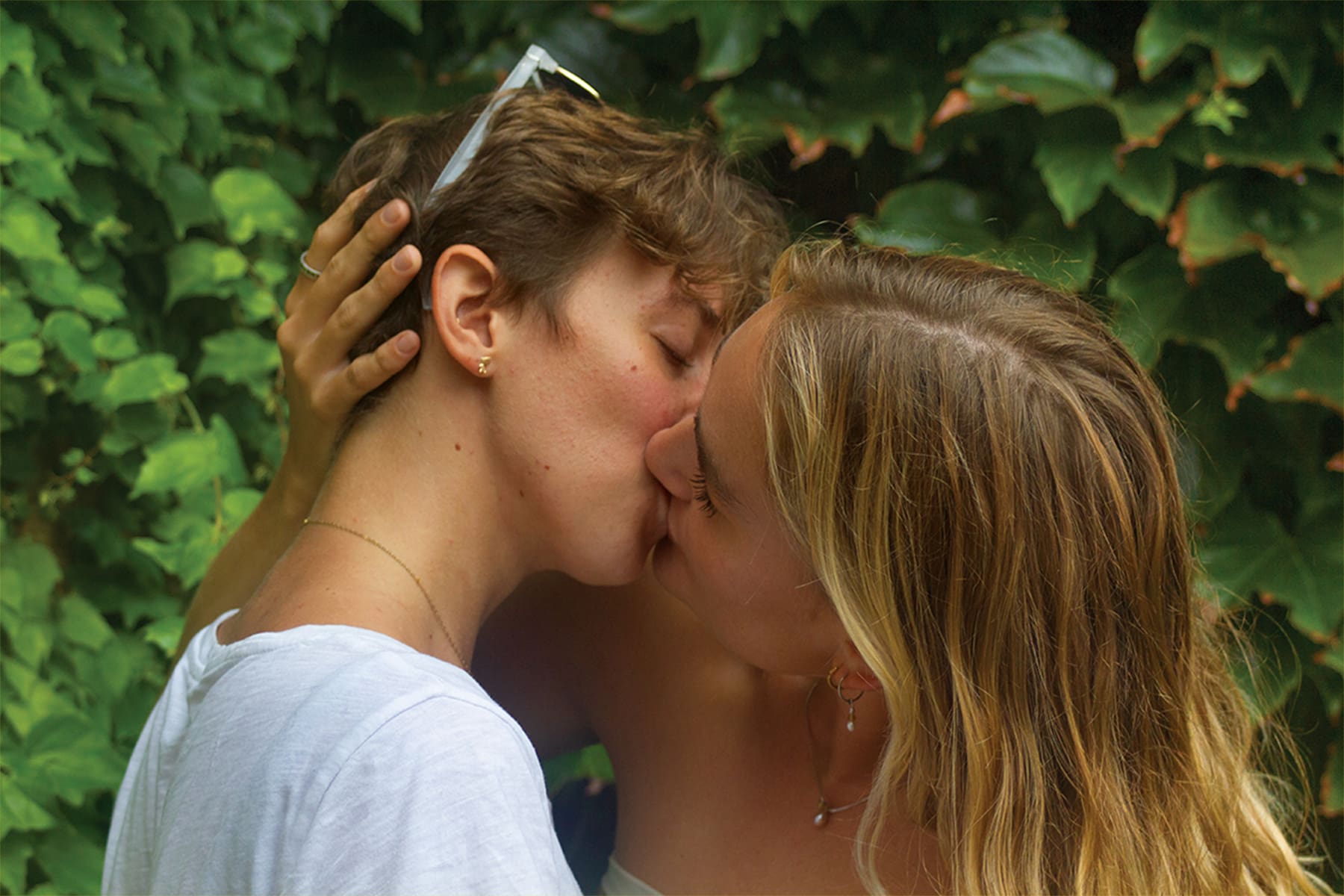This week is the Mardi Gras edition of Honi —dedicated to all of the queer people I’ve met, and those I will never get the chance to. Being queer can present many challenges, and means that the world is often against you, but it also opens you to a whole world of new opportunities. This issue explores how we can tackle these challenges as a community, but also all of the beautiful things that can come from your world opening up.
I hope that this edition of Honi Soit can act as an interrogation of said world. Lucy Lantz and Carmeli Argana write on the systematic failures of sexual health for queer people, while Zoe Coles explores the potential costs and benefits of a nighttime economy. Our feature article by Tiger Perkins takes an intimate look at Sydney’s nightlife with a guide that I hope is as illuminating as it is entertaining. I’m thankful to have these articles in this edition, as nightlife has often been a means through which myself and other queer people can immerse themselves in a culture entirely our own – detached from the responsibilities and expectations of the day.
If this is your first Mardi Gras, don’t be mistaken – watching police and big corporations do a lap of the SCG is not the real experience. Get out there and relish in queerness, whether that means a party or a protest. When I was younger, Mardi Gras felt like I was dipping a toe into an alternate world, a future that I desperately wanted to be a part of. Now it feels like a celebration of what I’ve gained from being queer.
I often look to art for queer role models; this week’s cover is an ode to photographer Wolfgang Tillmans’ The Cock (Kiss). I am indebted to Yasmin Andrews and Chloe Burton (just friends) for their gracious modelling and commitment to the art which makes Honi, as well as all of our contributors this week. Rather than being shot in a nightclub like Tillman’s, the cover shoot took place in USyd’s Quad — a reclamation of our institution in broad daylight.
Artist David Wojnarowicz wrote that his “queerness was a wedge slowly separating [him] from a sick society”. I see it as a knife. Rather than a slow separation, being queer can feel like you are suddenly cut off from the heterosexual world – society as you know it suddenly made hostile to your very existence. Wojnarowicz’s art often had an activist purpose and gave a voice to those impacted by the AIDS crisis and the government’s apathy. At the same time, the duality of his work celebrates the love and experiences that his sexuality opened him up to.
Olivia Laing wrote on his art that “if silence equals death, he taught us, then art equals language equals life.” This is what Mardi Gras and this edition embody to me: a celebration and a carving of space in this world on the other side of the knife.





